The first month of the year seems to be the month of innovation in tech and space. Thats’s why it is the birth month of Stephen Hawking and our unsung hero, Abdus Salam. It is the month that Apple and Microsoft – two geeks in Computer world, can never forget.
Lets scroll down and see what has happened in this month in past.
January 1, 1925
On this day, Edwin Hubble, an American astronomer, discovered galaxies outside the Milky Way. Till mid-1920s, scientists thought that all objects outside Milky Way were either nebulae or clouds because of their belief that universe is limited to Milky Way only. Hubble’s findings surpassed the estimated size of the universe. Later, in 1929, he discovered that the universe continuously expands with the passage of time, shackling previous notions.
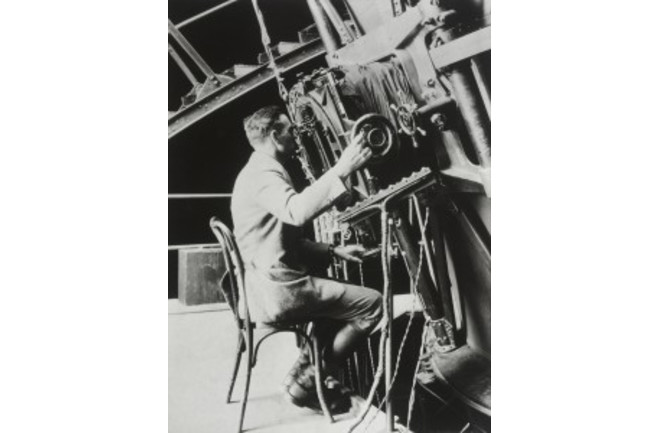
January 2, 1975
Bill Gates and Paul Allen named their company “Microsoft” for the first time.
They wrote letter to New Mexico-based company, MITS, in which they offered BASIC version to them for their “Altair 8800” computer. In that letter, Allen and Gates referred themselves as Microsoft which they spelled as “Micro–Soft.”

January 4, 1643
Do you still remember that third law of Physics which says that in every action, there is always an equal and opposite reaction?
Its maker, Isaac Newton, a known mathematician, physicist, and astronomer, was born on this day. Besides making three legendary laws of Physics that lay the foundation of Newtonian Physics, he invented tthe elescope and infinitesimal calculus. His book “Philosophiae Naturalis Principia Mathematica” (Mathematical Principles of Natural Philosophy) helped understand core concepts of sciences such as gravity and the law of motion.

January 5, 2005
Three American astronomers, Michael E. Brown, David L. Rabinowitz, and Chad Trujillo discovered Eris, the largest dwarf planet in our solar system with the help of images, captured at the Palomar Observatory on October 21, 2003.
January 6, 1838
Samuel Morse, the inventor of Morse code, conducted a successful public test of his electrical telegraph at the Speedwell Iron Works in Morristown, New Jersey. There he and Alfred Vail, his partner, transmitted a message, “A patient waiter is no loser” via two-mile long wire using Morse code technology. The duo sent the message successfully, making it a key moment in the history of communication industry as it marked a beginning of the era where we could use technology to send messages over long distance.
:max_bytes(150000):strip_icc()/GettyImages-640486531-58f85b325f9b581d59f95106.jpg)
January 7, 1954
Nowadays, we are used to of Chatgpt translated words but long before the 1950s, machine translation was a new thing. Georgetown University and IBM jointly conducted an experiment, Georgetown-IBM experiment, in which they publicly translated for the first time more than 60 Russian sentences into English. For this experiment, the team of four people, two from each organization, used IBM 701 mainframe computer. In this system, the vocabulary was punched on punch cards, consisting of words from mathematics, metallurgy, chemistry, military affairs, politics, law, and communications. However, the dictionary of the system was not fully developed.
The motive of that experiment was to gain attention and funding of and from the government and public. Soviet Union made their prototype after that experiment but US government’s progress towards computational translation was slower than their competitor.
January 8, 1942
On this date. Stephen Hawking, an eminent physicist, was born. He had numerous awards and titles in his hand. Despite being physically handicapped due to amyotrophic lateral sclerosis (ALS), he conducted pivotal research on Black Holes, leading him to discover the Hawking radiation they emit in the form of light. During his research, he derived Hawking’s area theorem that explains the properties of black holes.
Hawking worked with Roger Penrose, another physicist, to explain how Big Bang created singularity. With the help of his daughter, Lucy Hawking, he published a book “A brief history of time” which became one of the bestsellers. Hawking died in 2018 in Cambridge.

January 9, 2007
How many of you connect elitism with iPhone?
Well, on this date, Steve Jobs unveiled iPhone in San Fransisco at a convention. During the speech, he explain how it had multimedia, computing and communication tools. This day marks the beginning a new era in mobile phones industry that influenced our culture, social dynamics and technology. It changed the way people interact, work and live by fostering global tech-based society that promote communication.
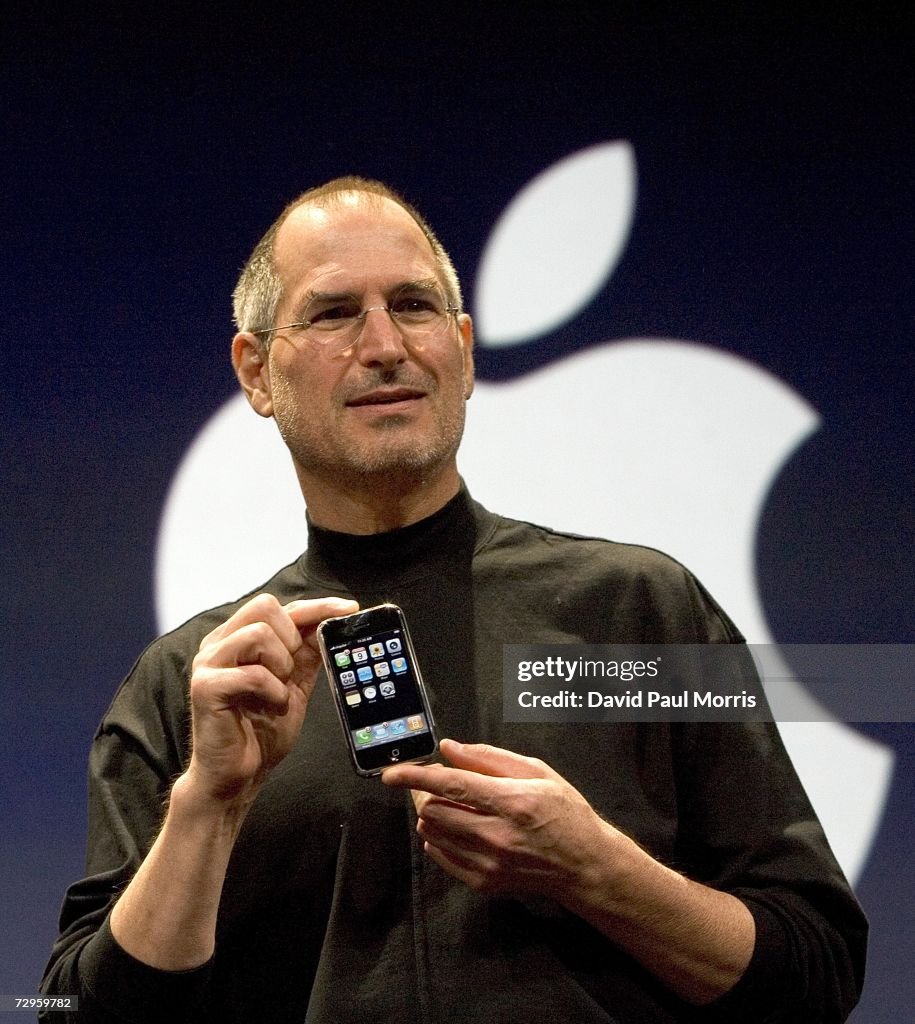
January 12, 1967
Dr. James Bedford became the first person to be cryonically preserved with the hope of future revival. After the death of kidney cancer, Mike Darwin, a scientist, claimed his body and frozen it. Later, Robert Prehoda, Dante Brunol and Robert Nelson preserved his body. They injected 15 percent dimethyl sulfoxide and 85 percent ringer’s solution.
According to Nelson, it was a primitive method to preserve a body as compared to today’s methods. For first two years, the team kept his body at Edward Hope’s Cryo-Care facility in Phoenix. Afterward, it was moved to the Galiso facility in California and then transferred to Trans Time near Berkeley.
From 1977 to 1982, Bedford’s family preserved it in liquid nitrogen after which they moved his preserved body to the Alcor Life Extension Foundation where it is still under care. There, his body is kept at a low subzero temperature.
January 12 is considered as Bedford Day in the world of cryopreservation field because this event led to better understanding of preserving the dead body.

January 17, 1949
Seeing women in STEM fields feels like a proud moment. Women have made huge progress in the tech world with their dedication and work ethic. Kudos to Anita Borg for empowering women with her work.
Borg, an American computer scientist, developed the Institute for Women and Technology in 1997 to persuade female towards tech and computers. In 1994, she stated a tech conference, Grace Hopper Celebration of Women in Computing. The conference still takes place in America, mainly focusing on women’s role in tech world.
Borg died in 2003 of cancer. Through her work, she proved that an educated women pave the journey for all generations of her community.
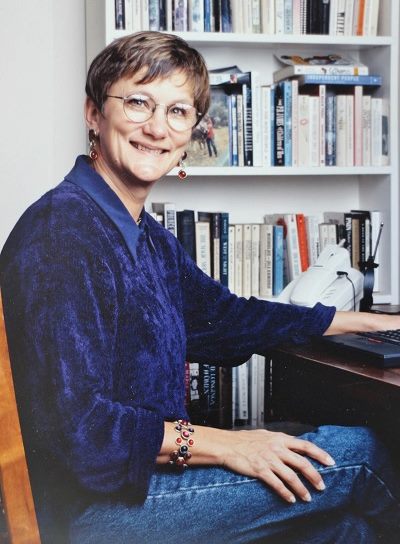
January 21, 1888
Babbage’s Analytical Engine passed the first test. Henry Provost Babbage, the son of Charles Babbage, used his dad’s drawings and writings to complete the mill part of the Analytical Engine. After completing the mill, according to Henry, the machine produced “a table from 1st. to 44th. multiples of π to twenty-nine places of figures…”
It was a big success which made noise at larger pace in 1910 when the results were published in the monthly notices of the Royal Astronomical Society.

January 21, 1954
The United States launched the first atomic nuclear-powered submarine, the USS Nautilus (SSN-571) in Groton, Connecticut, christened by First Lady Mamie Eisenhower. Under the captainship of Commander Eugene P. Wilkinson, the Nautilus became the first ship to travel to the North Pole. It was the first submarine to travel “20,000 leagues under the sea.” It had air and water purification plants, so the crew could go for months without refueling or surfacing. Besides, it could navigate at extreme latitudes without needing to resurface. Being nuclear-powered, the Nautilus could travel faster and farther than other submarines of its time.
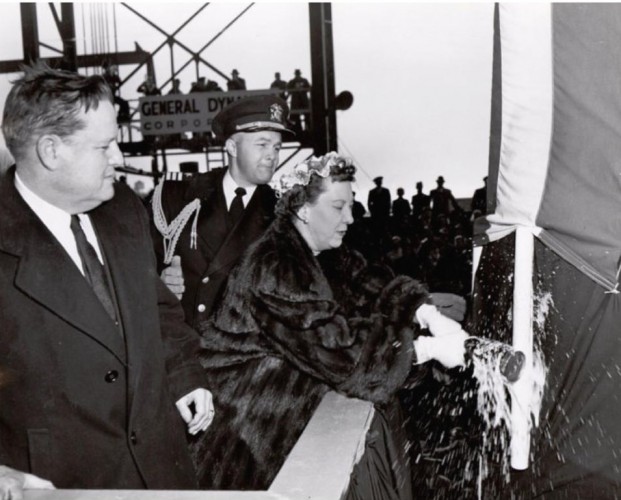
January 22, 1970
The 747, Boeing’s first Jumbo Jet, completed its inaugural transatlantic passenger flight. With a trailblazing launch, the 747 could carry more than twice as many passengers as Boeing’s next largest plane. It was more fuel-efficient, leading to a reduction in the cost per seat. Setting the glamour standards higher, the first class cabins had crystal vases with real vases and linen napkins and tablecloths in the jet. Surpassing predictions that supersonic flight would outsmart it, the 747 remained everyone’s favorite for over 50 years. The 747 has been with its new owner since February 2023 after 53 years of service.

January 27, 1926
John Logie Baird, Scottish engineer and inventor, demonstrated the first television system in Soho, London. Utilizing the work of German scientist, Paul Nipkow, who issued the patent for the entire television system in 1884. In the passing years, the idea was refined and Baird becoming the last person to work on it, successfully completing the production of clear images. The invention was considered a significant development in the communication industry.
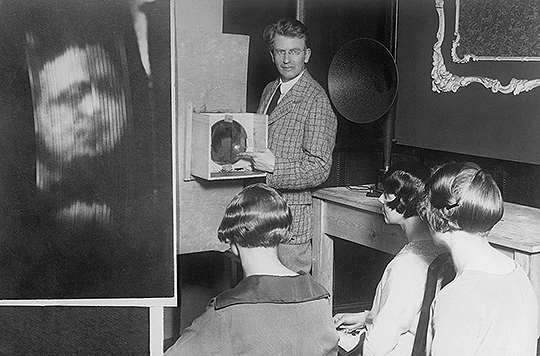
January 29, 1926
Unsung hero, raised in Jhang and flew to Cambridge, Abdus Salam, an eminent physicist and first and only Nobel Prize winner of Pakistan, was born on this date in Punjab. Unaware of computers and light, Salam held distinction in matriculation and went to Cambridge on Scholarship where he completed his Bachelor in physics and math at St. John’s College, Cambridge. With PhD thesis on the developments in quantum theory of fields, Salam gained recognition before its publication in 1951.
Salam is known for winning the Nobel Prize in 1979 due to his work on the Grand Unification Theory which focused on unifying the electromagnetic, weak, and strong forces into one force at high energies. Salam shared the award with Sheldon Glashow and Steven Weinberg. Being vocal about promoting STEM education, Salam founded the International Centre for Theoretical Physics (ICTP) in Trieste, Italy in 1964. He played key role in the establishment of COMSAT in Islamabad in 1994.
Salam returned to Pakistan after his doctoral degree and worked as a mathematics professor at Government College University in Lahore, Pakistan from 1951–1954. He was also head of mathematics department in University of Lahore from 1952 to 1954. Later, he went back to Cambridge to pursue his research work. During that time, he worked as lecturer in mathematics at Cambridge University from 1954–1956. Salam played key role in the nuclear projects of Pakistan. Due to religious conflicts, Salam was forced to move out of Pakistan. He stayed in Oxford for the rest of his life after 1974 and died there in 1996.

January 30, 1952
Alan Turing, mathematician and computer scientist, identified two new Mersenne primes via U.S. National Bureau of Standards Western Automatic Computer (SWAC) at the Institute for Numerical Analysis, University of California. D. H. Lehmer led the program, having Prof. R. M. Robinson as a programmer. At 10 PM, the team found the first Mersenne prime, M521.
In less than two hours, they found another primes, M607, using the same system. After a few months, they found three more primes, M1279, M2203, and M2281. With the help of SWAC, they also discovered M4,423 – the first prime number with more than 1000 digits. They also discovered primes with more than 10,000 and million digits too, M44,497 and M6,972,593. SWAC was constructed by The National Bureau of Standards in 1950. The funder ran the system in different forms till 1967.
There are many other events happened in January but these incidents could be considered the root of what we achieved till today. From birth month to the beginning of new eras in tech and communication, January is the month of science innovations that no one should forget.

References
- https://www.discovermagazine.com/the-sciences/january-1-1925-the-day-we-discovered-the-universe
- https://www.computerhistory.org/tdih/january/2/
- https://earthsky.org/human-world/this-date-in-science-isaac-newtons-birthday/
- https://www.upi.com/Top_News/2025/01/05/On-This-Day-Scientists-discover-dwarf-planet-Eris/1661736043426/
- https://www.royalsignalsmuseum.co.uk/on-this-day-6th-january/
- https://pdfs.semanticscholar.org/83e5/254b09a32916942f1cc13a63ed7222b3ba57.pdf
- https://rinconeducativo.org/en/anniversaries/nace-stephen-hawking/
- https://nypost.com/2023/01/09/on-this-day-in-history-jan-9-2007-steve-jobs-introduces-apple-iphone-at-macworld-in-san-francisco/
- https://www.amusingplanet.com/2019/02/james-hiram-bedford-first-person-to-be.html
- https://blog.hnf.de/in-memoriam-anita-borg-1949-2003/
- https://www.computerhistory.org/tdih/january/21/
- https://connecticuthistory.org/the-launch-of-the-uss-nautilus-today-in-history/
- https://sites.northwestern.edu/747anniversary/
- https://www.english-heritage.org.uk/visit/blue-plaques/john-logie-baird-television/
- https://pif.org.pk/abdus-salam/
- https://www.tau.ac.il/~corry/publications/articles/pdf/Mersenne%20-%20Computers%20-%20Rutherford.pdf
Also Read: Adult Fruit Fly Brain Mapped: A Giant Leap to Understand the Human Brain?
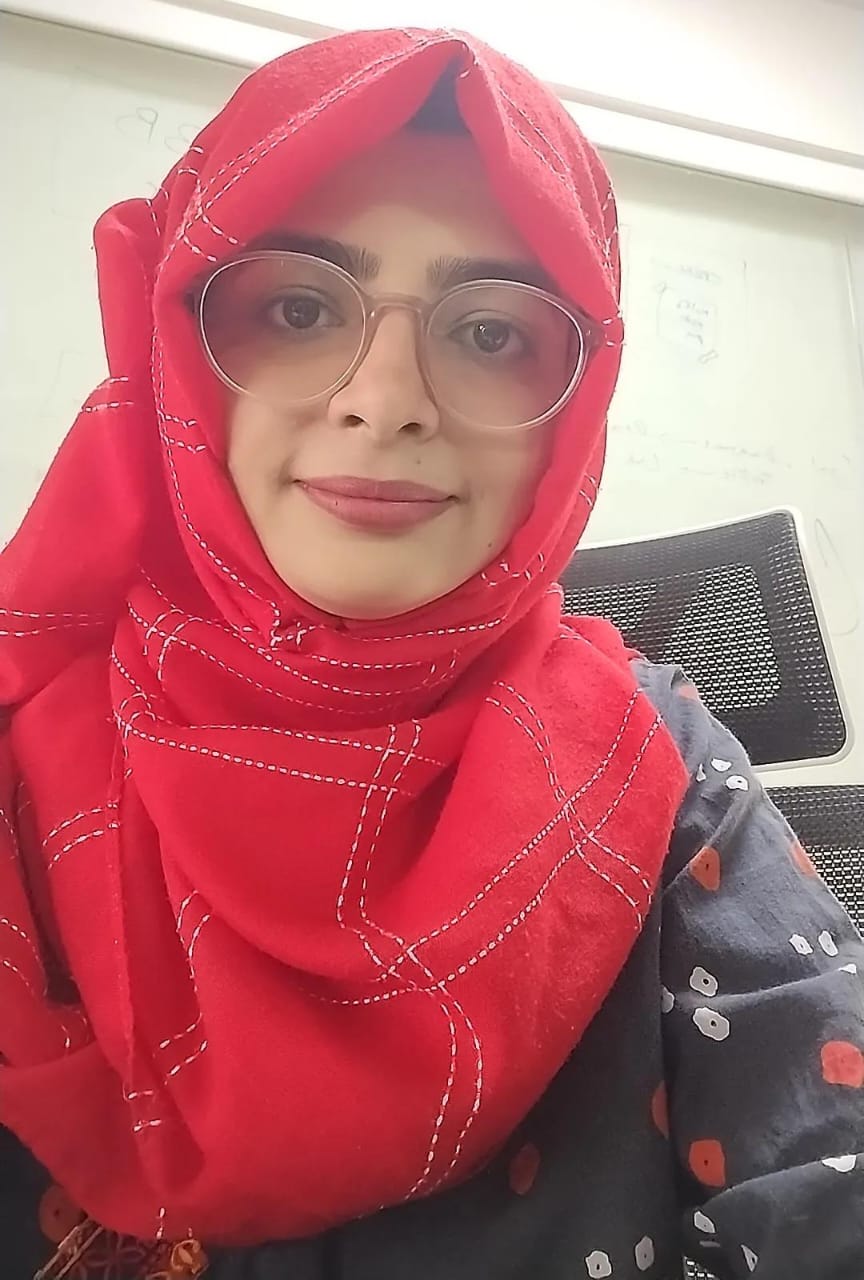
Aqsa Abdul Qadir is a Karachi-based writer who strives to capture the lives of commoners in South Asian culture through her fictional stories. She studied Mass communication to fuse her passion for writing. Currently, she is working on her debut novel. Aqsa wrote her first book in 2023, Wealth In The Treehouse.

